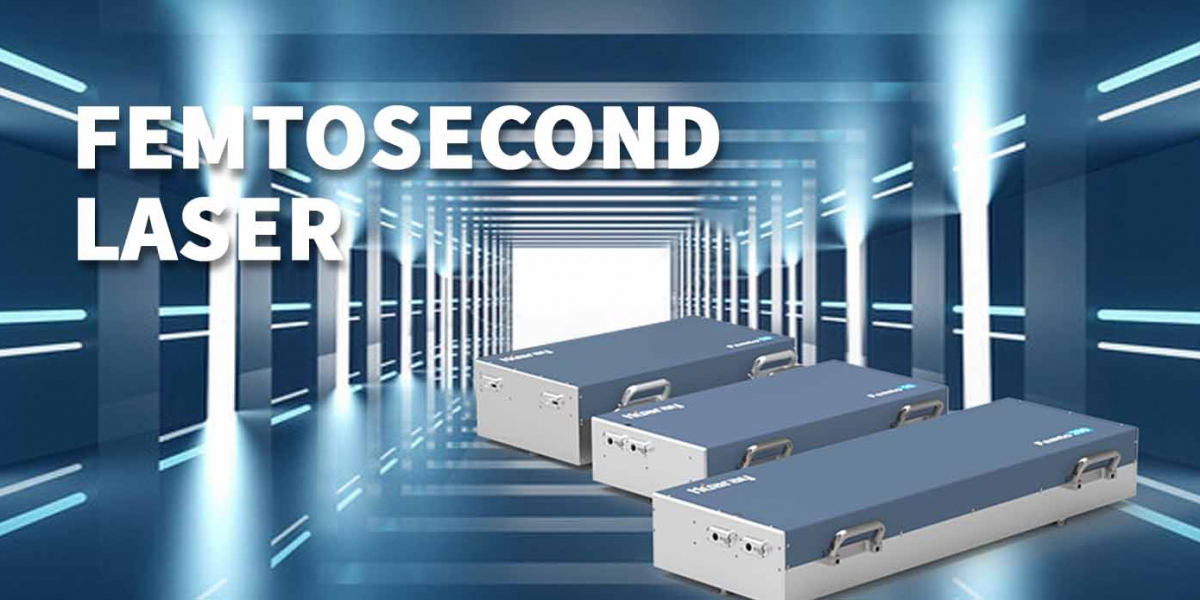Femtosecond lasers, known for their ultra-short pulse durations, have revolutionized various fields with their precision and capability. This article delves into the significance of femtosecond lasers, comparing them with femtosecond picosecond technology and exploring their wide range of applications.
What Are Femtosecond Lasers?
Femtosecond lasers are a type of laser that emits pulses with durations measured in femtoseconds (1 femtosecond = 10^-15 seconds). This ultra-short pulse duration allows femtosecond lasers to achieve incredibly high precision and minimal thermal damage, setting them apart from other laser types.
Characteristics of Femtosecond Lasers
- Pulse Duration: The defining feature of femtosecond lasers is their extremely short pulse duration. These lasers produce pulses that last only a few femtoseconds, making them ideal for applications requiring high precision.
- High Peak Power: Despite their short pulse duration, femtosecond lasers generate very high peak power. This enables them to perform tasks that require intense, concentrated energy without significant heat diffusion.
- Minimal Thermal Impact: The short pulse duration of femtosecond lasers reduces the heat affected zone (HAZ) on materials, minimizing thermal damage and allowing for delicate processes.
Femtosecond vs. Picosecond Lasers
While femtosecond lasers are known for their ultra-short pulse durations, femtosecond picosecond lasers cover a broader range of pulse lengths, from femtoseconds to picoseconds (1 picosecond = 10^-12 seconds). Understanding the differences between femtosecond and picosecond lasers is crucial for selecting the right technology for specific applications.
Key Differences Between Femtosecond and Picosecond Lasers
- Pulse Duration: Femtosecond lasers have shorter pulse durations compared to picosecond lasers. This makes femtosecond lasers more suitable for applications requiring extremely precise and fine processing.
- Applications: While both femtosecond and picosecond lasers are used in advanced manufacturing and scientific research, femtosecond lasers are preferred for tasks involving high precision and minimal heat-affected zones, such as micro-machining and ultrafast spectroscopy.
- Cost and Complexity: Femtosecond lasers tend to be more expensive and complex due to their advanced technology, whereas picosecond lasers may offer a more cost-effective solution for some applications.
Applications of Femtosecond Lasers
The precision and capabilities of femtosecond lasers have led to their adoption in various fields, including manufacturing, medicine, and research.
Advanced Manufacturing
- Micro-Machining: Femtosecond lasers are used for micro-machining processes that require extremely fine and accurate cuts. The minimal thermal impact ensures that delicate materials and small features are not damaged.
- Semiconductor Fabrication: In semiconductor manufacturing, femtosecond lasers are employed to pattern and etch materials with high precision, contributing to the production of advanced electronic components.
Medical Applications
- Laser Surgery: Femtosecond lasers are used in eye surgery, such as LASIK, where their precision allows for accurate reshaping of the cornea with minimal impact on surrounding tissue.
- Tissue Ablation: In medical procedures involving tissue removal, femtosecond lasers provide precise ablation, reducing collateral damage and improving patient outcomes.
Scientific Research
- Ultrafast Spectroscopy: Femtosecond lasers are crucial in ultrafast spectroscopy, where they are used to investigate the dynamics of fast chemical and physical processes on a femtosecond timescale.
- Material Science: Researchers use femtosecond lasers to study and manipulate materials at a microscopic level, enabling the development of new materials and technologies.
Advantages of Femtosecond Lasers
The unique properties of femtosecond lasers provide several advantages over traditional laser systems, making them valuable tools in various applications.
Benefits of Using Femtosecond Lasers
- High Precision: Femtosecond lasers offer unparalleled precision, making them ideal for tasks requiring exacting standards and fine detail.
- Minimal Heat Damage: The short pulse duration of femtosecond lasers reduces the heat-affected zone, preserving the integrity of the material being processed.
- Versatility: Femtosecond lasers can be used for a wide range of applications, from industrial manufacturing to medical procedures and scientific research.
Limitations and Considerations
- Cost: Femtosecond lasers are typically more expensive than other laser systems, which can be a consideration for budget-conscious applications.
- Complexity: The technology behind femtosecond lasers is complex, requiring specialized knowledge and maintenance.
Future Trends in Femtosecond Laser Technology
The field of femtosecond lasers continues to evolve, with ongoing research and development leading to new advancements and applications.
Emerging Trends
- Improved Laser Sources: Advances in laser source technology are enhancing the performance and capabilities of femtosecond lasers, making them more efficient and versatile.
- Integration with Other Technologies: Femtosecond lasers are increasingly being integrated with other technologies, such as robotics and automation, to expand their range of applications.
- Cost Reduction: Efforts are being made to reduce the cost of femtosecond lasers, making them more accessible for a broader range of applications and industries.
Conclusion
Femtosecond lasers have transformed various fields with their precision, efficiency, and versatility. Understanding the characteristics of femtosecond lasers and their comparison to femtosecond picosecond technology is essential for leveraging their full potential. From advanced manufacturing and medical applications to scientific research, femtosecond lasers offer significant advantages that continue to drive innovation and progress.









